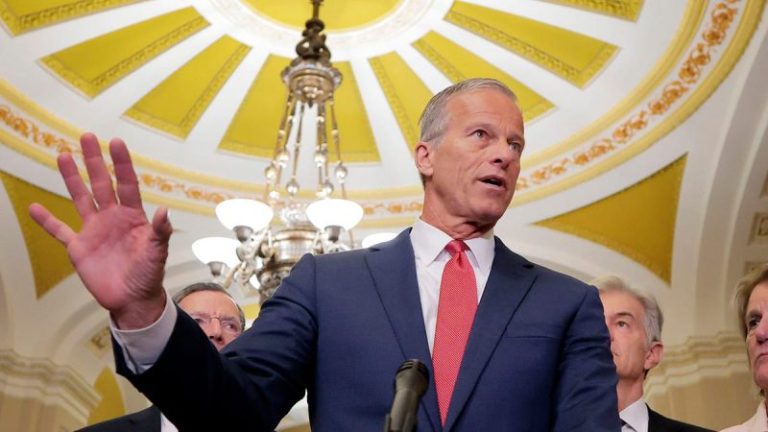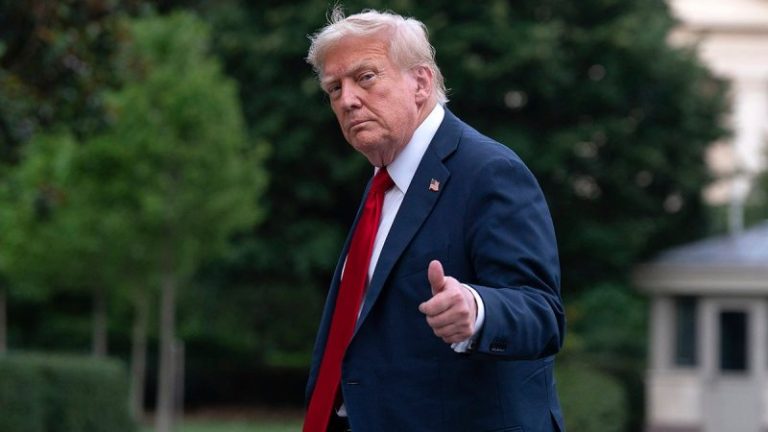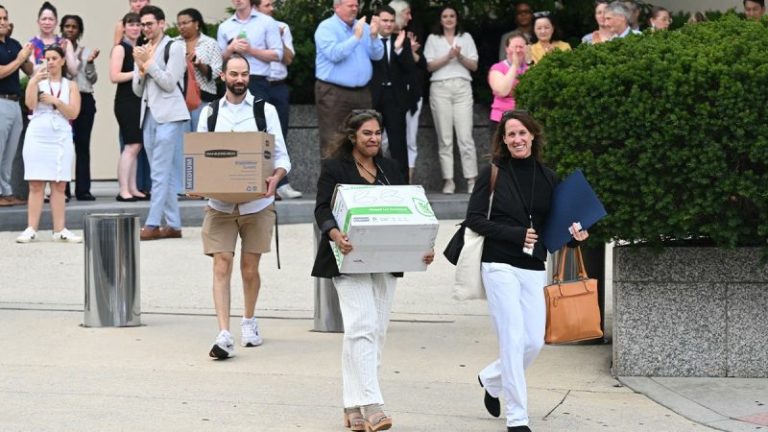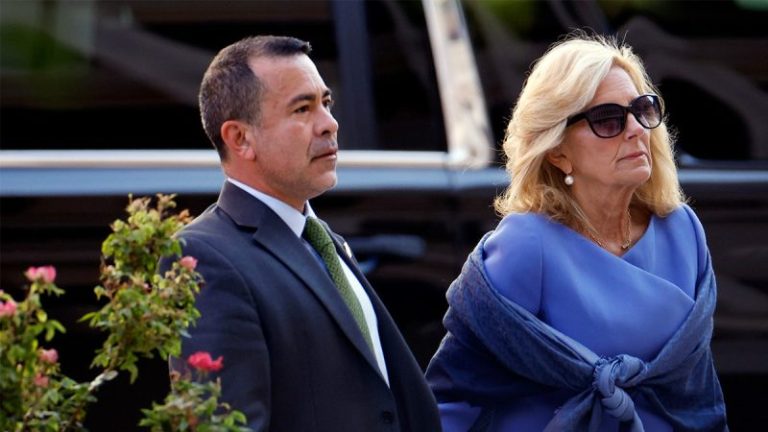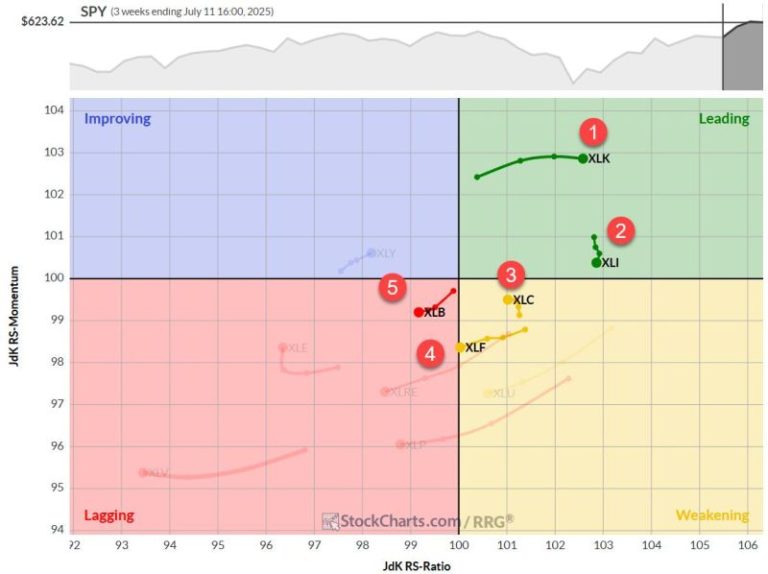When senior State Department officials set out to trim the agency in the ‘biggest reorganization since the Cold War,’ they couldn’t get a total headcount on employees — for months, they say.
‘It took us three months to get a list of the people that actually work in the building,’ one senior State Department official told reporters during a briefing at Foggy Bottom on Monday, defending the job cuts that detractors have claimed will damage U.S. diplomacy.
‘They couldn’t tell you how many people worked here,’ the official said. ‘It’s sort of scary as a taxpayer and as a public servant to think that we don’t even know how many employees we have. This is a national security agency, you know. Who are these people?’
The reorganization will result in a department with about 3,000 fewer employees. Around half of those took a voluntary buyout, and the other half were given reduction in force (RIF) notices.
A handful of Secretary of State Marco Rubio’s closest advisors evaluated over 700 domestic offices within the State Department, submitting RIF (reduction in force) notices to employees in those they found to be ‘duplicative’ or ‘inefficient.’
The idea, officials said, was to put a ‘maximum of 12 clearances on any piece of paper,’ meaning documents would go through 12 layers of approval instead ’40, 50 clearances.’
The department had dozens of different offices handling human resources, and when a new employee was hired, they were accepting faxed records on their past work with other agencies.
‘It’s crazy that a department that’s tasked with so many critical diplomatic, national security functions, with a $50 billion plus budget is running its affairs that way,’ an official said.
The investigation found three separate offices dealing with sanctions, two handling arms control issues.
‘Some of these regional offices within this sort of functional civil liberties, civil society, bureaus of democracy, human rights and labor, population, refugees and migration each had their own regional offices in addition to the country desk, regional bureau, construct,’ the official said. ‘Every independent bureau and office had its own executive director, its own HR department, its own payments.We were making payments out of like 60 plus different offices.’
Rubio’s team maintains the reductions focus on nonessential bureaucratic layers while preserving frontline diplomacy. A Supreme Court decision in late June reopened the door for mass federal layoffs after a lower court had blocked the cuts. Legal challenges from unions remain pending, though the reorganization is moving forward.
The officials shuttered a ‘diplomats in residence’ program, which they determined to be a ‘cushy job.’
‘State Department employees are getting paid to go hang out at Georgetown, and sort of recruit for the Foreign Service,’ one official said, ‘without any sort of metrics or accountability.’
They didn’t touch the country desks, those specifically focused on nations like Iran or China, and didn’t fire anyone from passport services or diplomatic security. They did not make cuts at embassies or foreign posts.
‘We touched the people that are doing these sort of like wasteful, sort of mindboggling functions or places where we found natural efficiencies in combining two offices.’
Critics have warned that cuts to the diplomatic corps could damage U.S. presence globally and cede soft power to China.
‘A climate change office is not countering China,’ an official shot back.
The department also shuttered an office that had been tasked with resettling Afghan refugees seeking to flee Talliban rule and culled the Bureau of Population, Refugees & Migration.
‘That office was not doing work that was countering China or serving the national interest,’ the official said. ‘China has overtaken the United States in a number of those countries. So I would argue growth at the State Department has not coincided with a growth of outcomes for the American taxpayer.’
In another example, an official told of a Gulf state foreign minister who complained that the Bureau of Democracy, Human Rights and Labor under the Biden administration kept pushing them to unionize foreign workers.
‘This created huge diplomatic tension with them,’ the official said. ‘That foreign minister was delighted and wants to work with us on shared prosperity and trade agreements that aren’t trying to to be patronizing to other countries about their domestic affairs.’
Still, the process has sparked palpable tension within the department. Employees gathered tearfully in the Foggy Bottom lobby to say goodbye, some displaying signs reading, ‘Diplomacy matters.’
Signs with messages like ‘resist fascism’ and ‘you made an impact’ were taped up throughout the department.
A group of more than 130 former senior officials, including former National Security Advisor Susan Rice, signed an open letter expressing concern that deep staff reductions could endanger U.S. foreign policy effectiveness.
Some have seized on the results of a whittled-down State Department and foreign aid apparatus: A report by The Atlantic found the Trump administration had given an order to incinerate 500 tons of emergency food that had been purchased during the Biden administration as aid to be distributed in Afghanistan and Pakistan.
‘It’s a little bit of a shame to see people behaving that way. You sort of wonder whether they had any interest in following the president and sort of, upholding their oath to listen to the commands of the people,’ one official said.
This post appeared first on FOX NEWS

